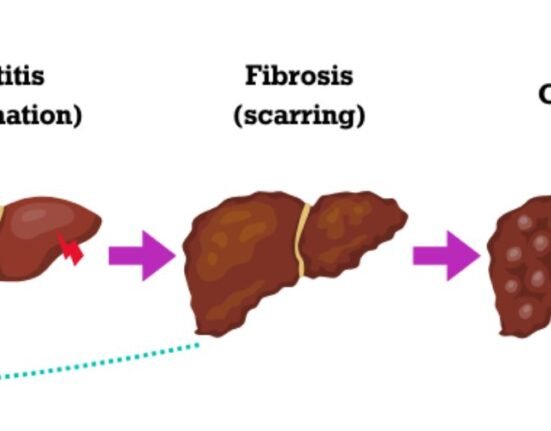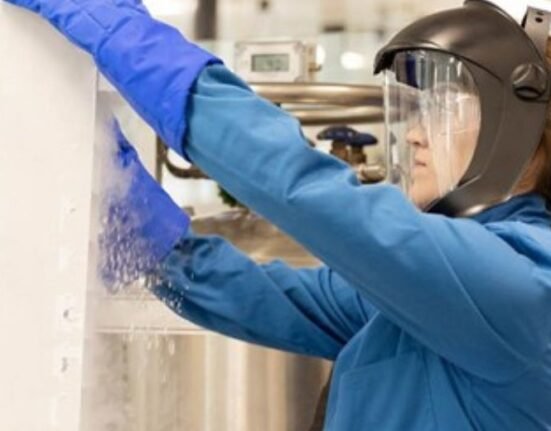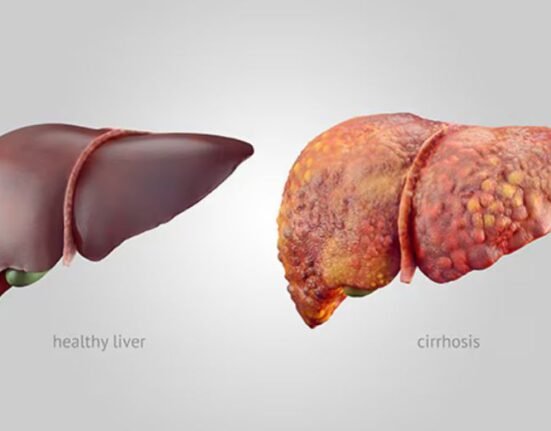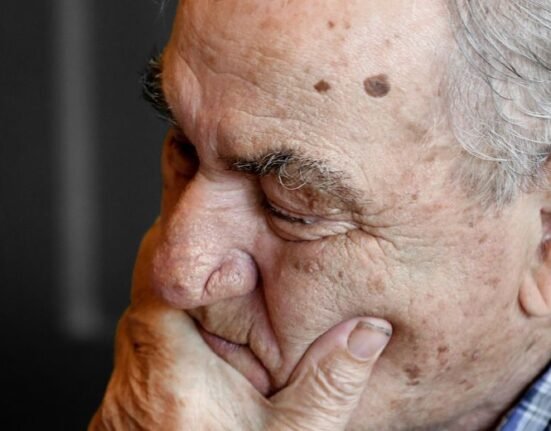HQ Team
July 19, 2024: Researchers at Duke University have gained some new insights into age-related degeneration of liver.
In an animal experiment, the scientists were able to reverse damage caused to the liver due to aging. The research team says their study will aid in finding better treatment options for liver-related diseases and even other organs.
“People are putting themselves under metabolic stress at younger and younger ages,” said Dr. Anna Mae Diehl, a hepatologist and a professor of medicine at Duke. “We’re trying to give people a healthy lifespan.”
“Our study demonstrates that aging is at least partially reversible,” said Diehl. “You are never too old to get better.”
MASLD
Some people who suffer from metabolic dysfunction-associated steatotic disease (MASLD) are more susceptible to liver aging and even cirrhosis. One in three adults worldwide has the disease.
The accumulation of fat in their liver cells puts those cells under stress, prompting them to die at faster rates than their body can repair them. People with obesity or diabetes are more prone to MASLD.
In their experiment, the team found that liver cell aging was caused by something called ferroptosis, which occurs when cells are under stress. “We found that ageing promotes a type of programmed cell death in hepatocytes called ferroptosis, which is dependent on iron,” Diehl said. “Metabolic stressors amplify this death program, increasing liver damage.”
It starts to telegraph signals to its neighbors to say, ‘I’m in trouble here. Can you guys help me?’” Diehl said. Ferroptosis is important because it clears away bad cells to make way for healthy ones.
“It’s sort of like pruning a bush, right? You cut away the dying parts.” When this process begins to remove cells faster than new cells appear, the liver starts aging.
For the study, the mice were fed a high fat diet to induce MASLD, similar to what would happen in a human body. Then the mice were treated with a chemical called Ferrostatin-1, which inhibits the cell death pathway to reduce stress-causing ferroptosis.
“We were able to make it look young again,” said Diehl, “Just as if it hadn’t been under all that wear and tear for as long as it had been.”
Ferroptosis
These findings help explain the benefits of Vitamin E for the treatment of MASLD. Vitamin E alters the way iron reacts in the body. This new study corroborates the relevance of iron-induced cell death through ferroptosis.
Ferroptosis is not always harmful. People with MASLD are at higher risk for developing liver cancer. Ferroptosis can actually play a helpful role in killing cancer cells.
It is to be determined at what stage ferroptosis can be harmful or beneficial for people suffering from MASLD.
The next step for the researchers is to carry out human trials to benefit patients experiencing excessive cell death caused by ferroptosis at younger ages. Diehl’s research team is currently working on building upon their RNA sequencing method to create a simpler, more practical blood test to determine if their liver is aging and susceptible to ferroptosis.
The study is available in the journal Nature.








